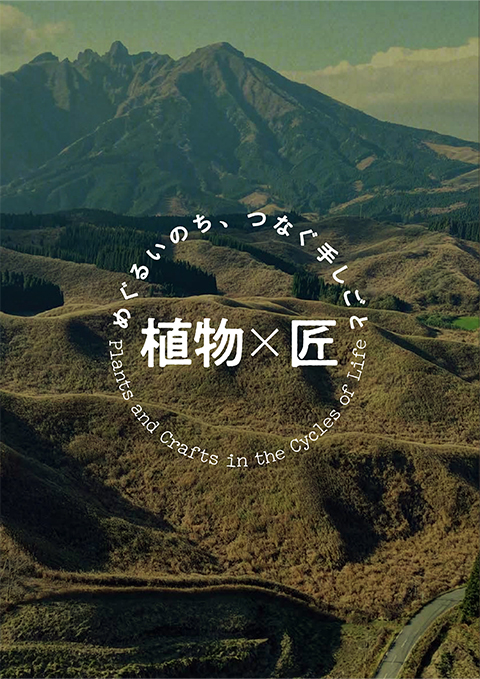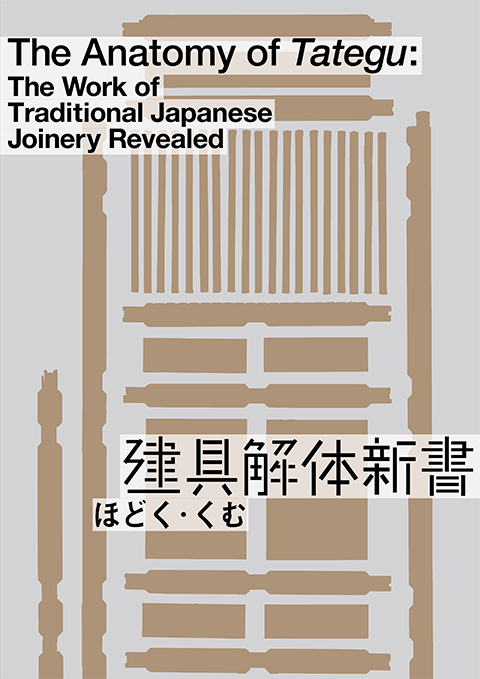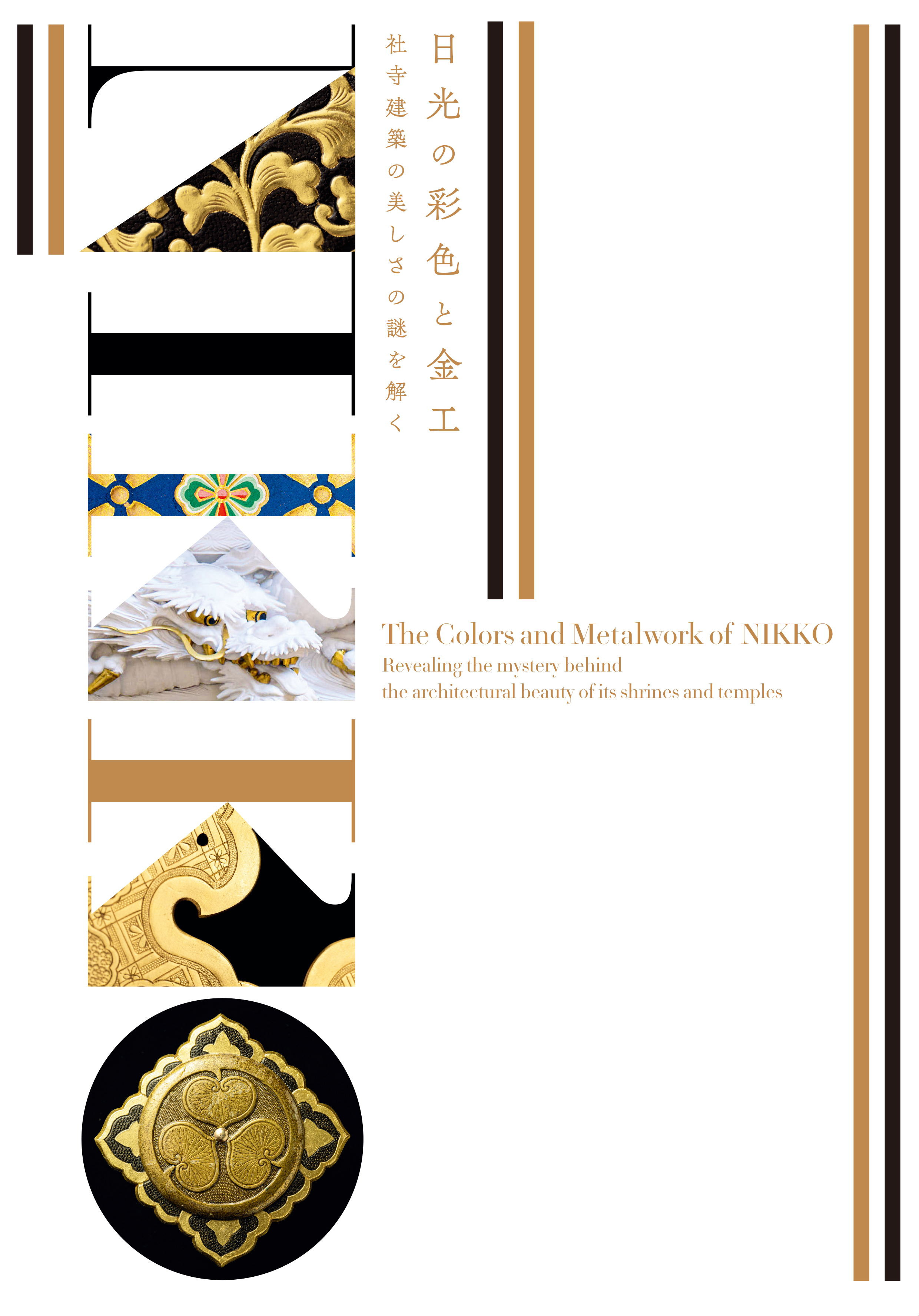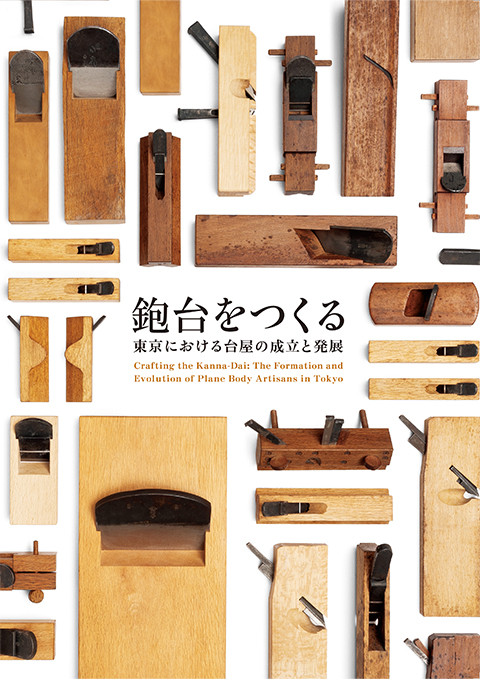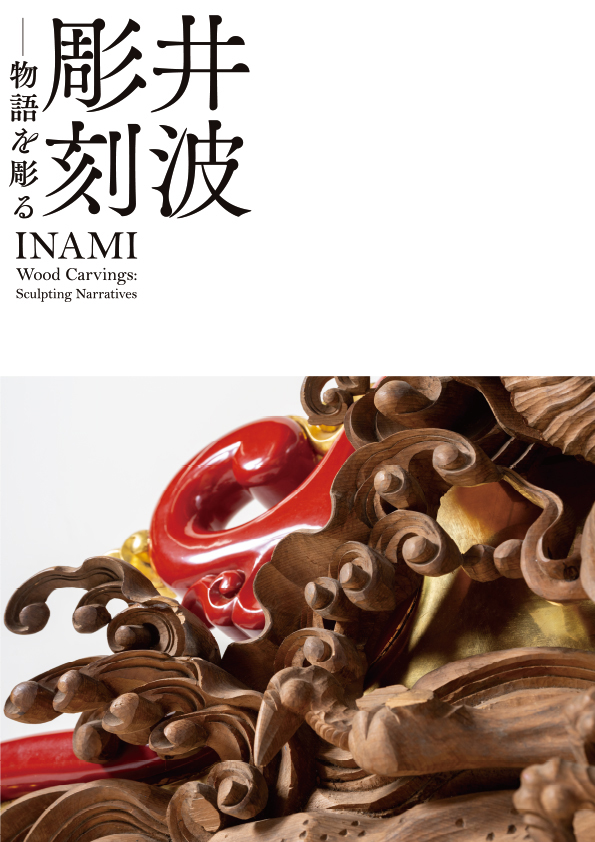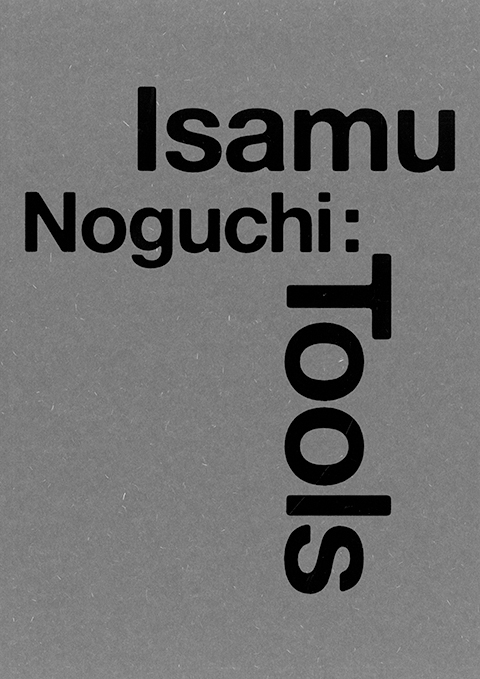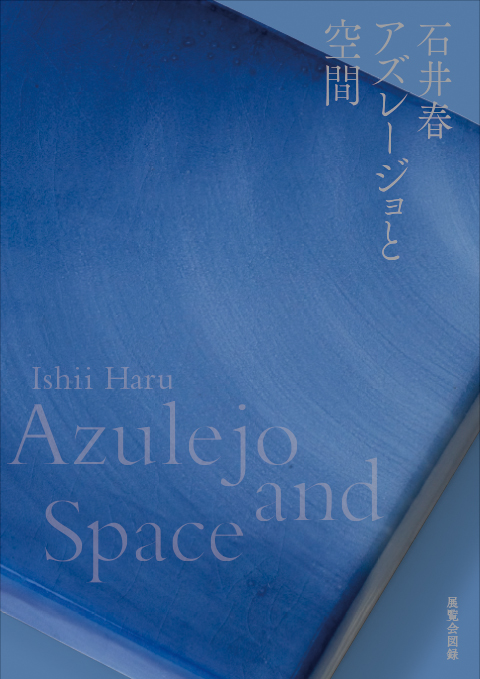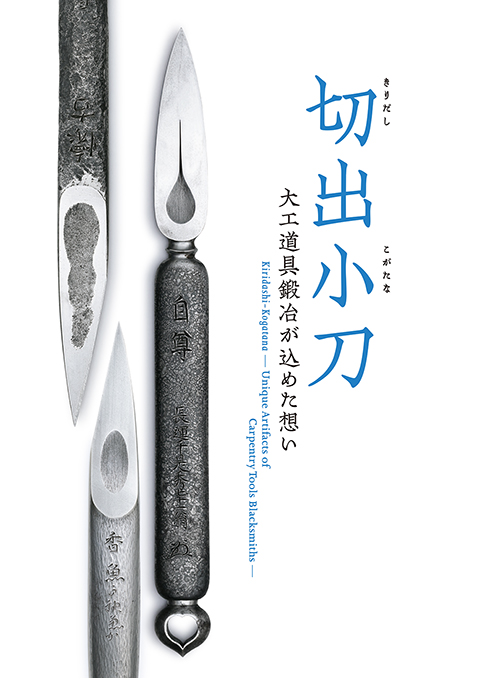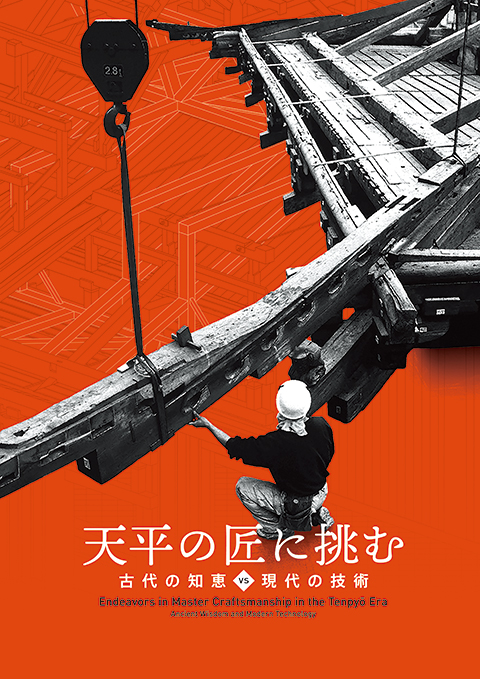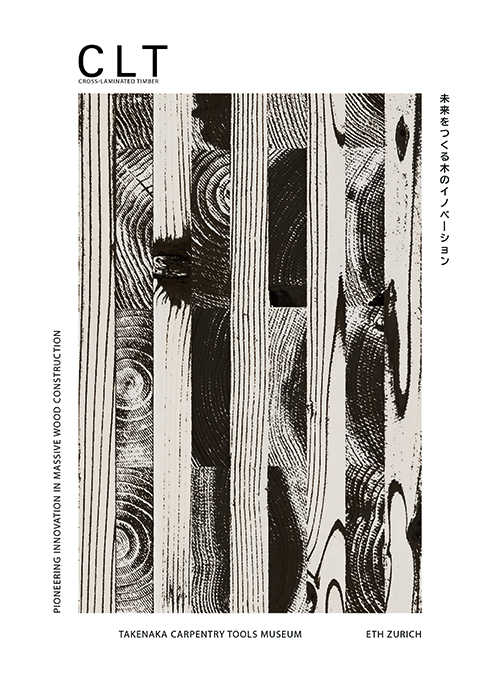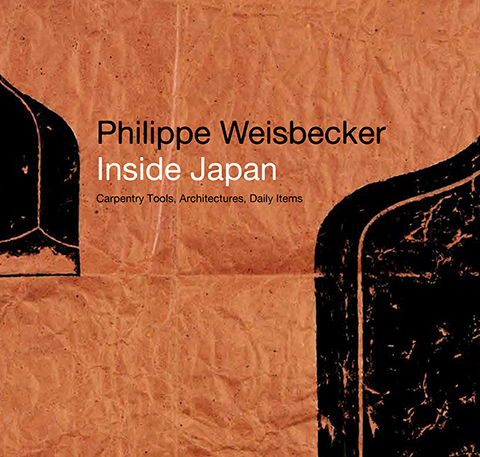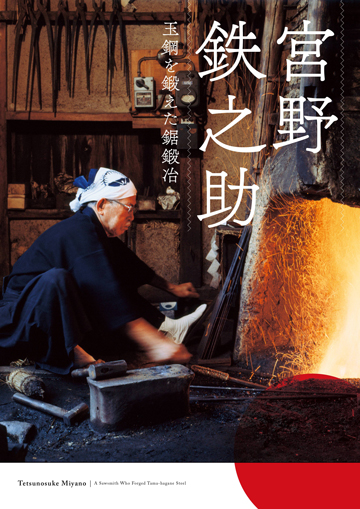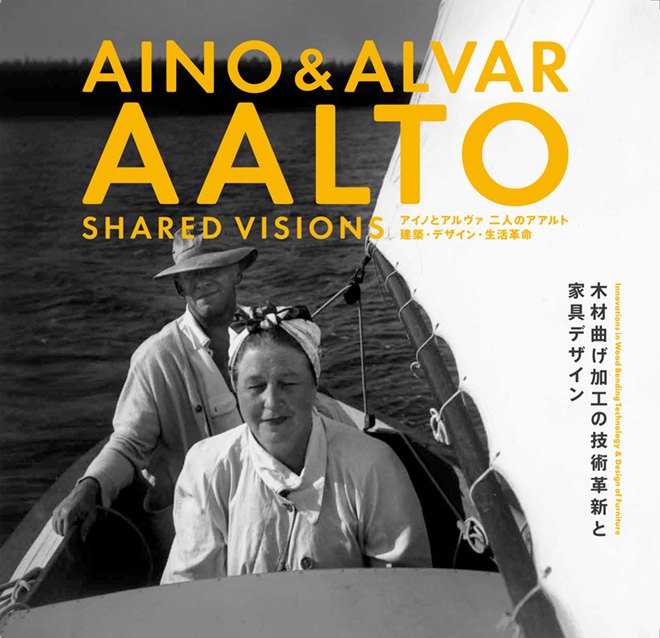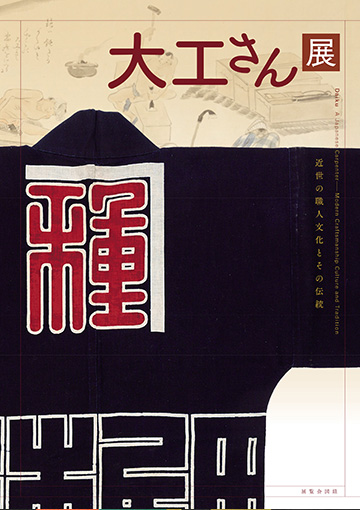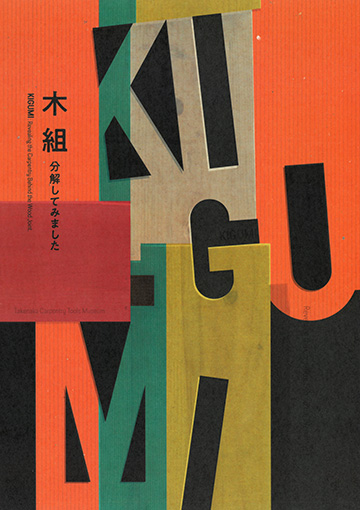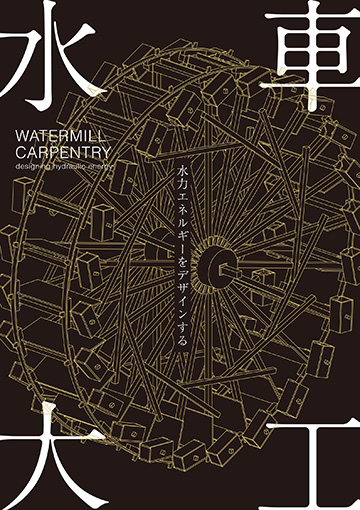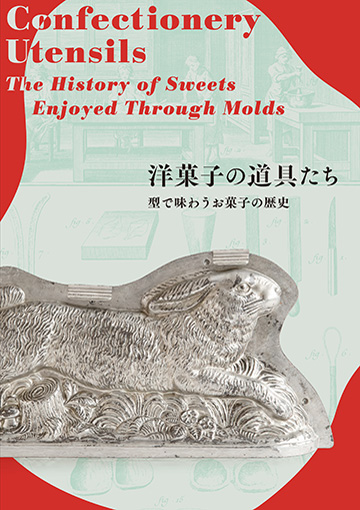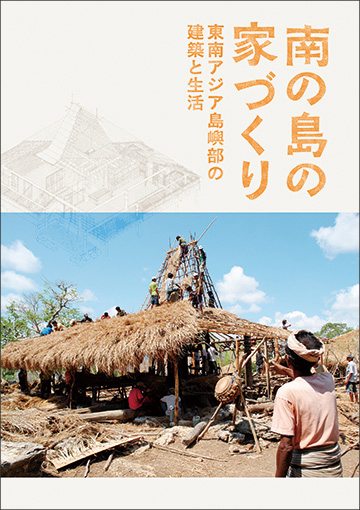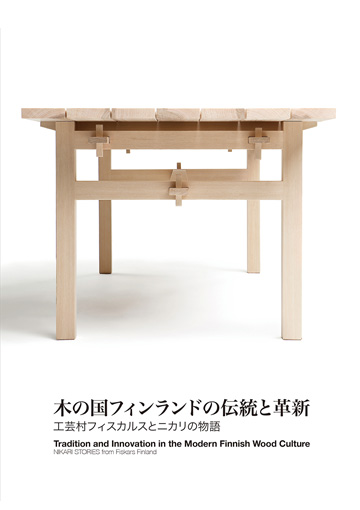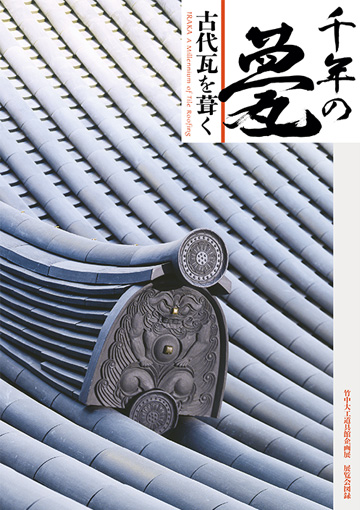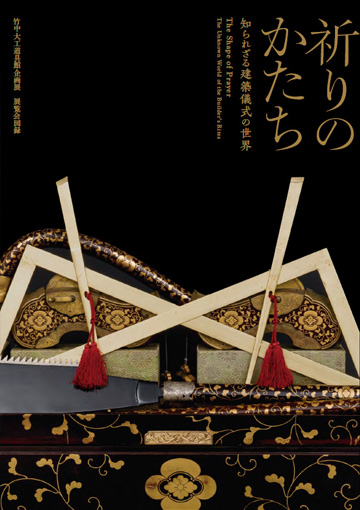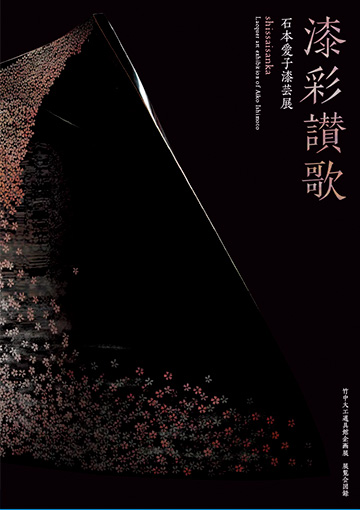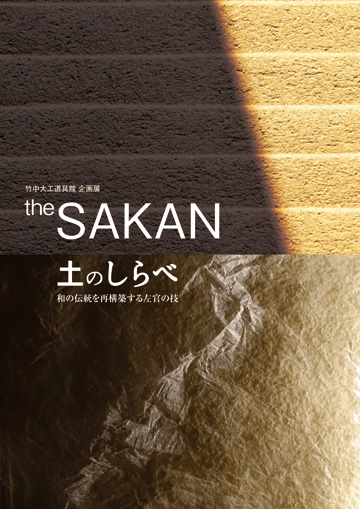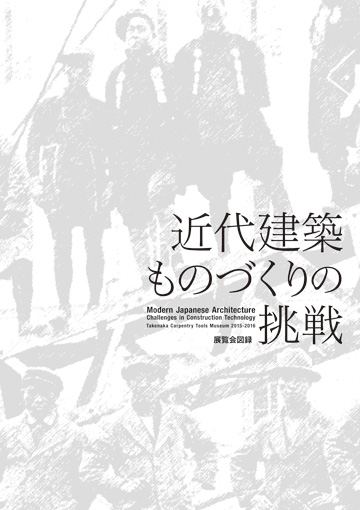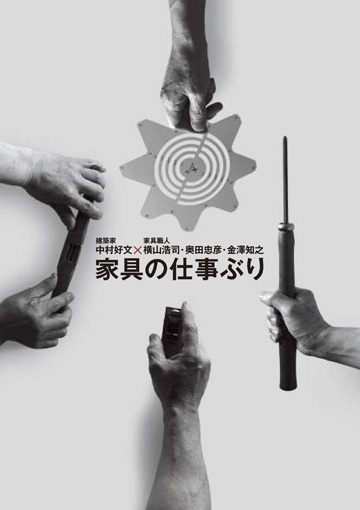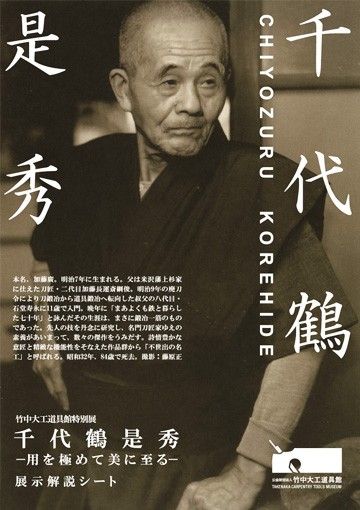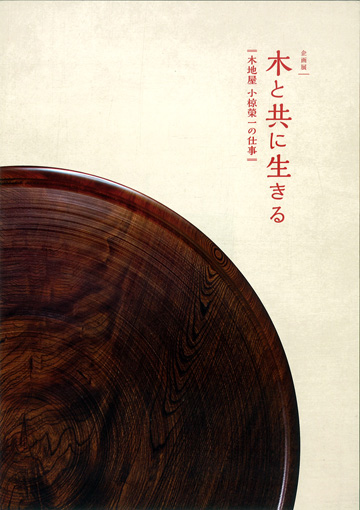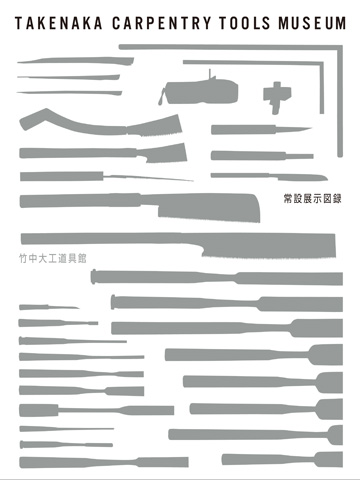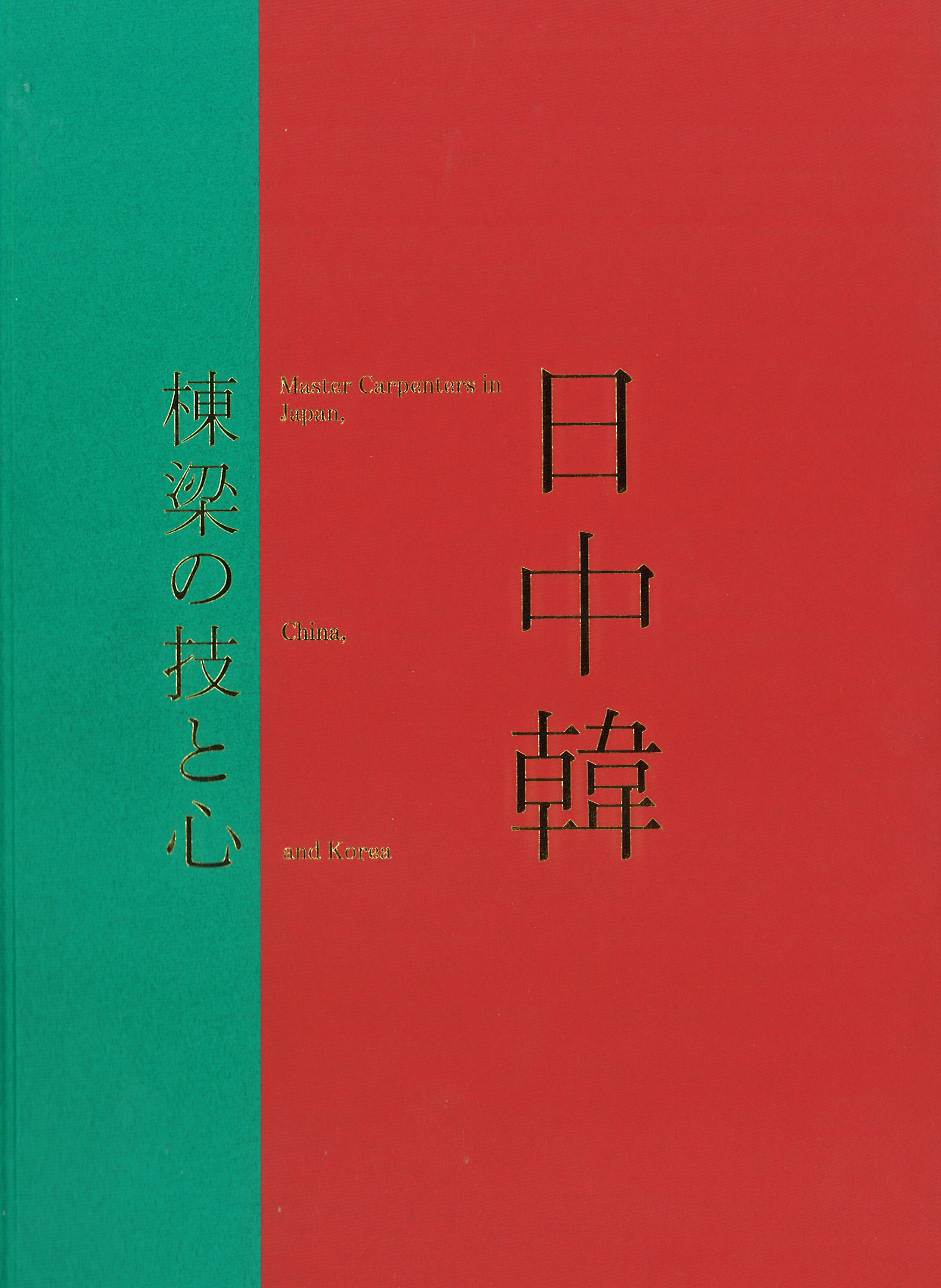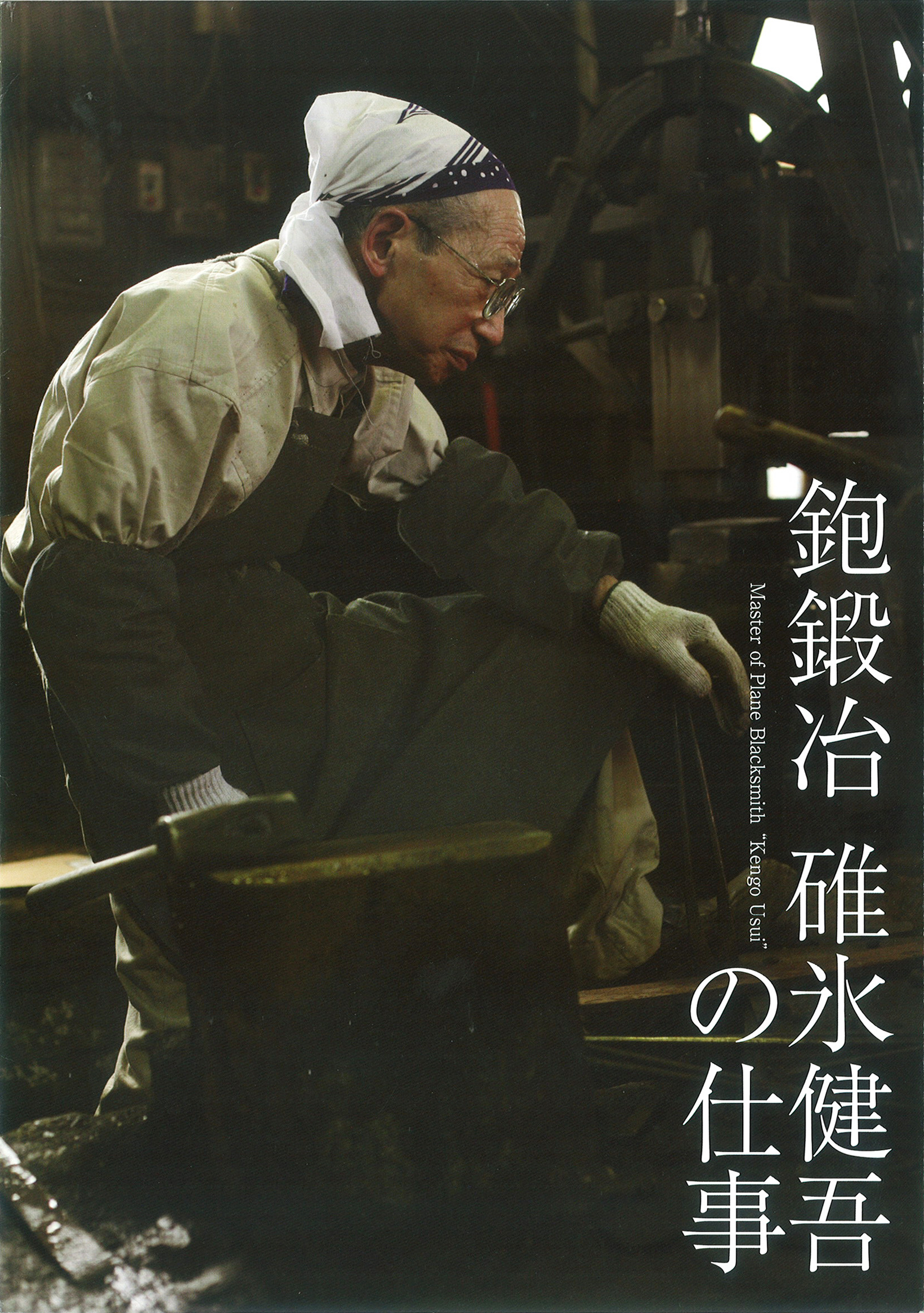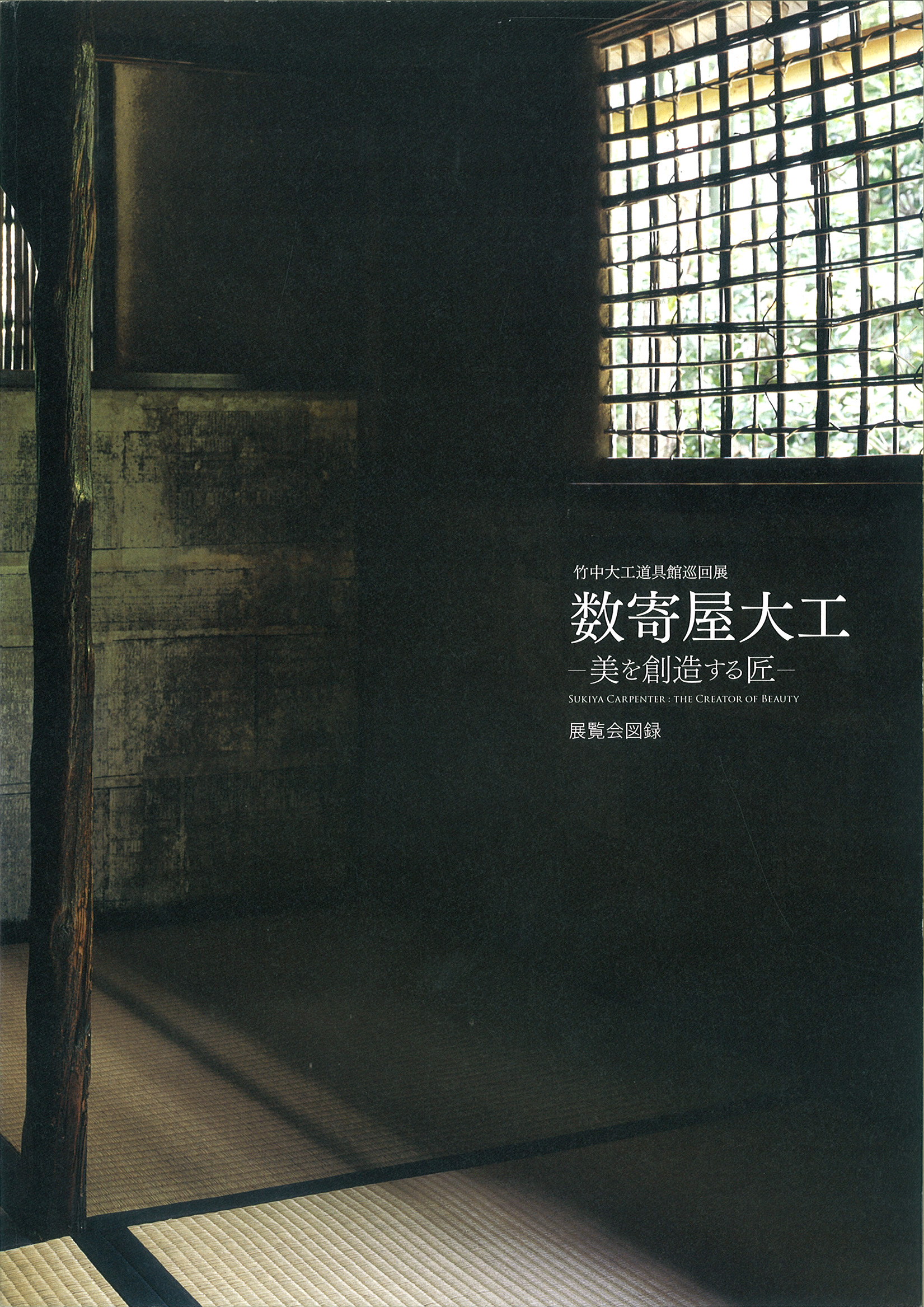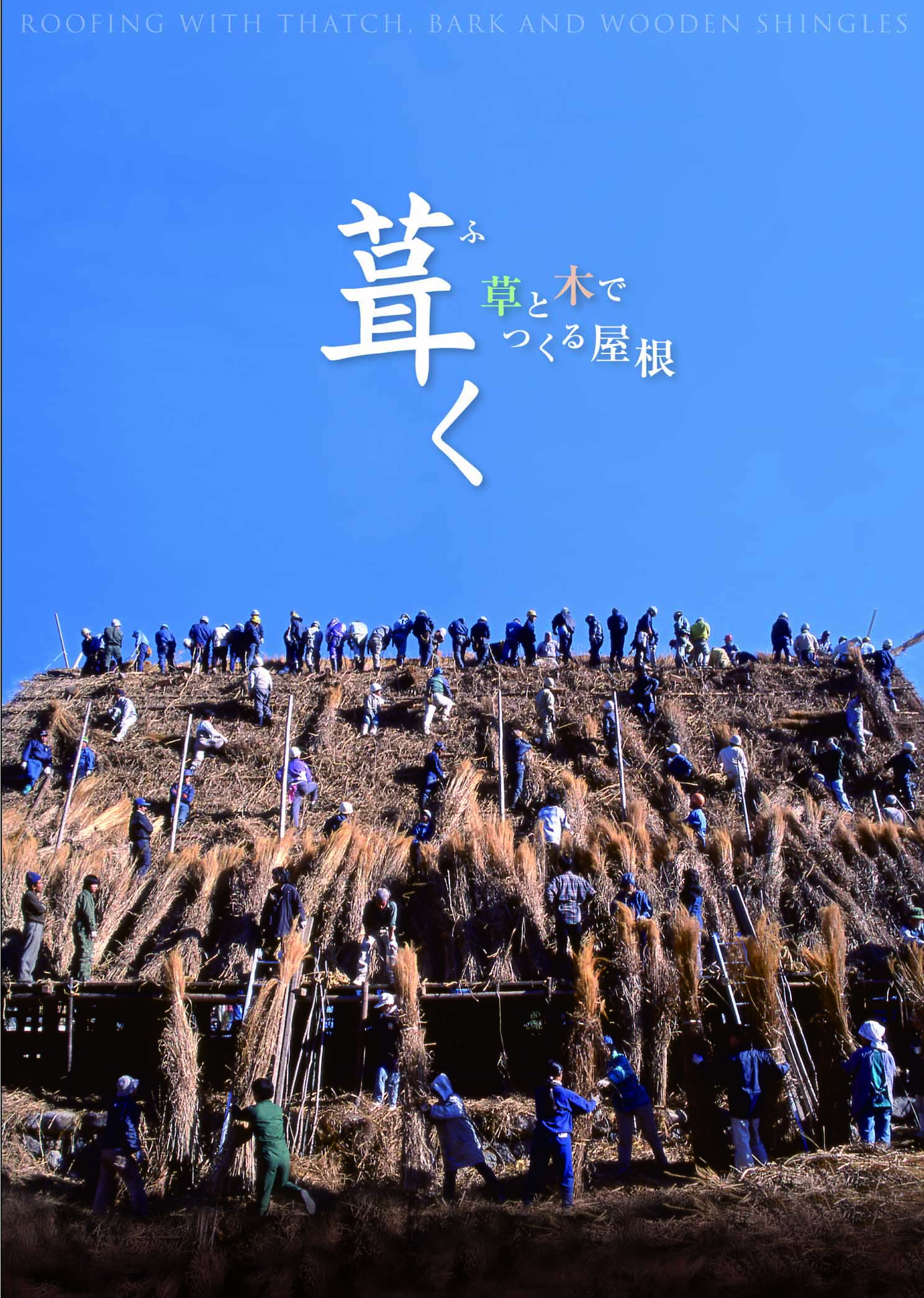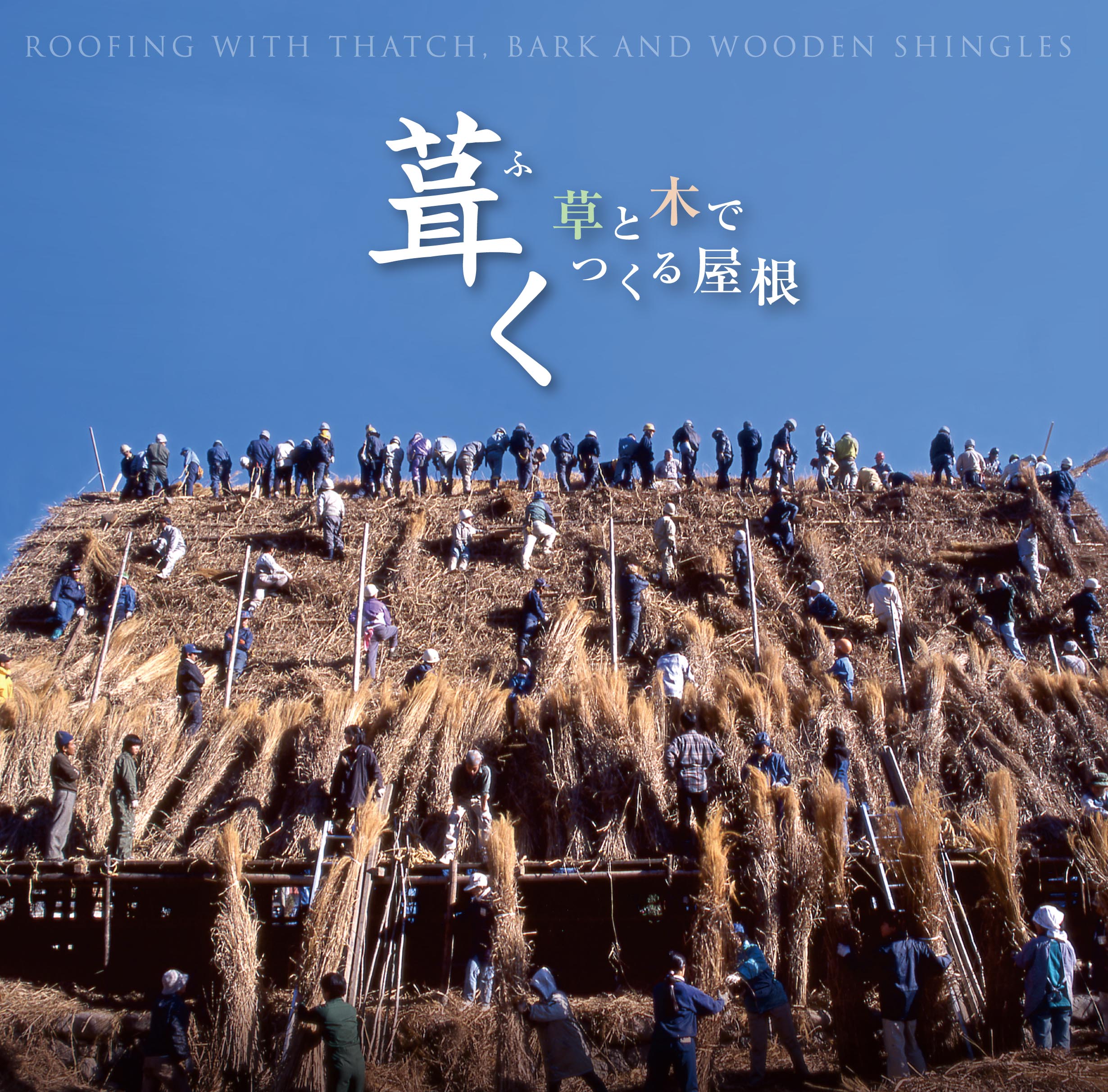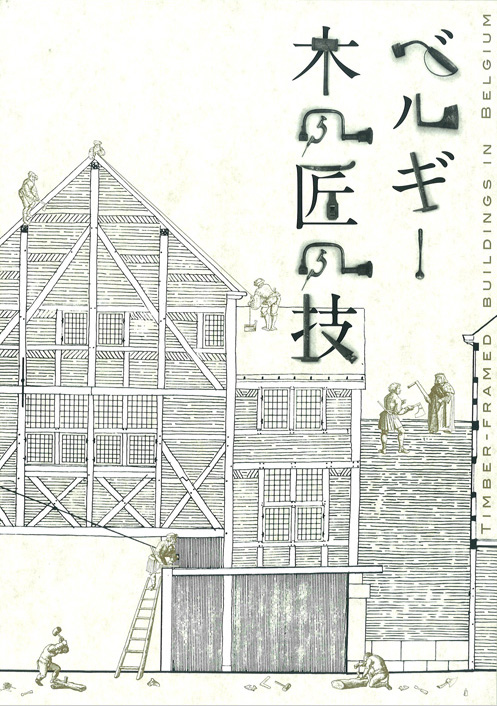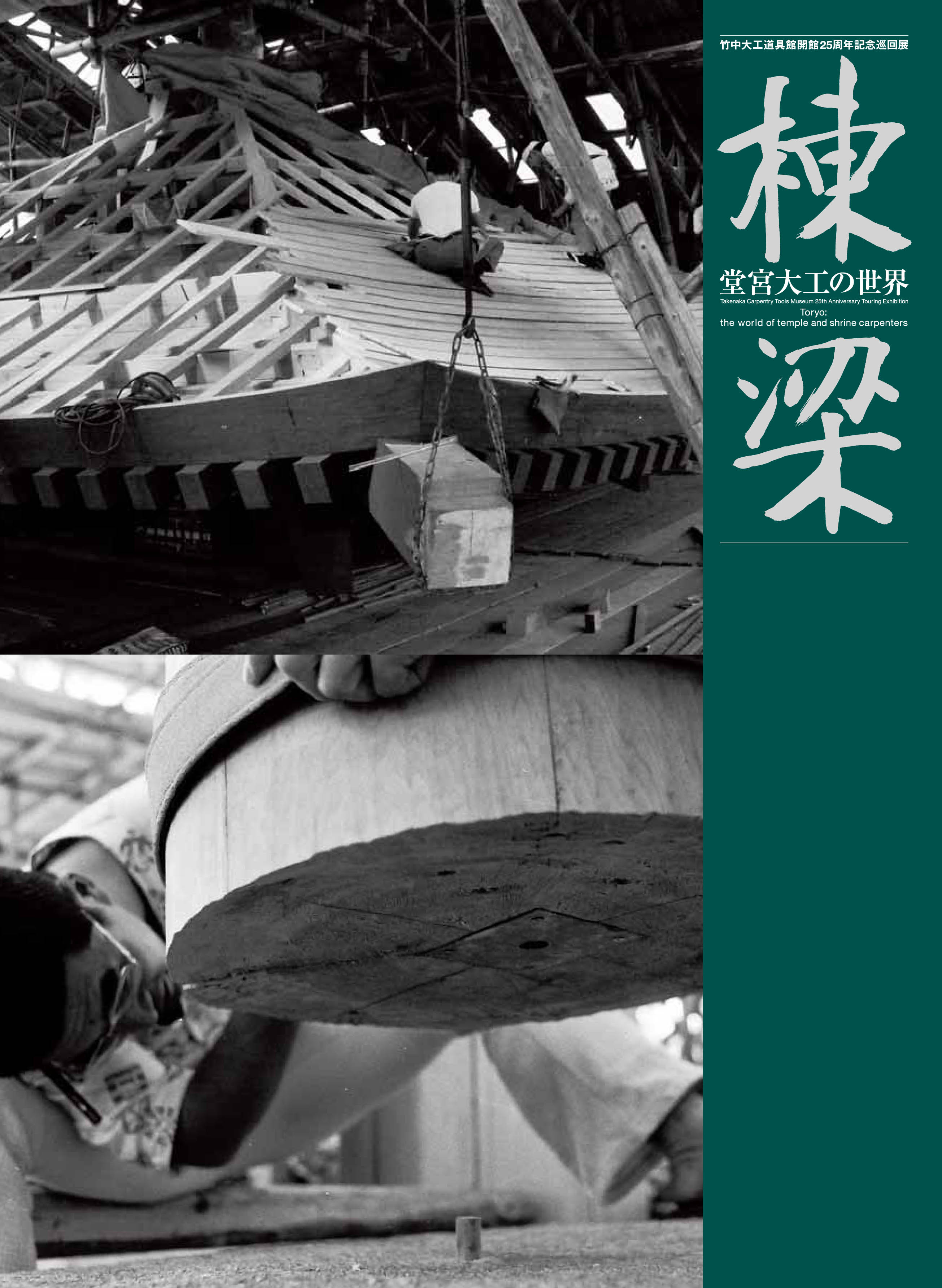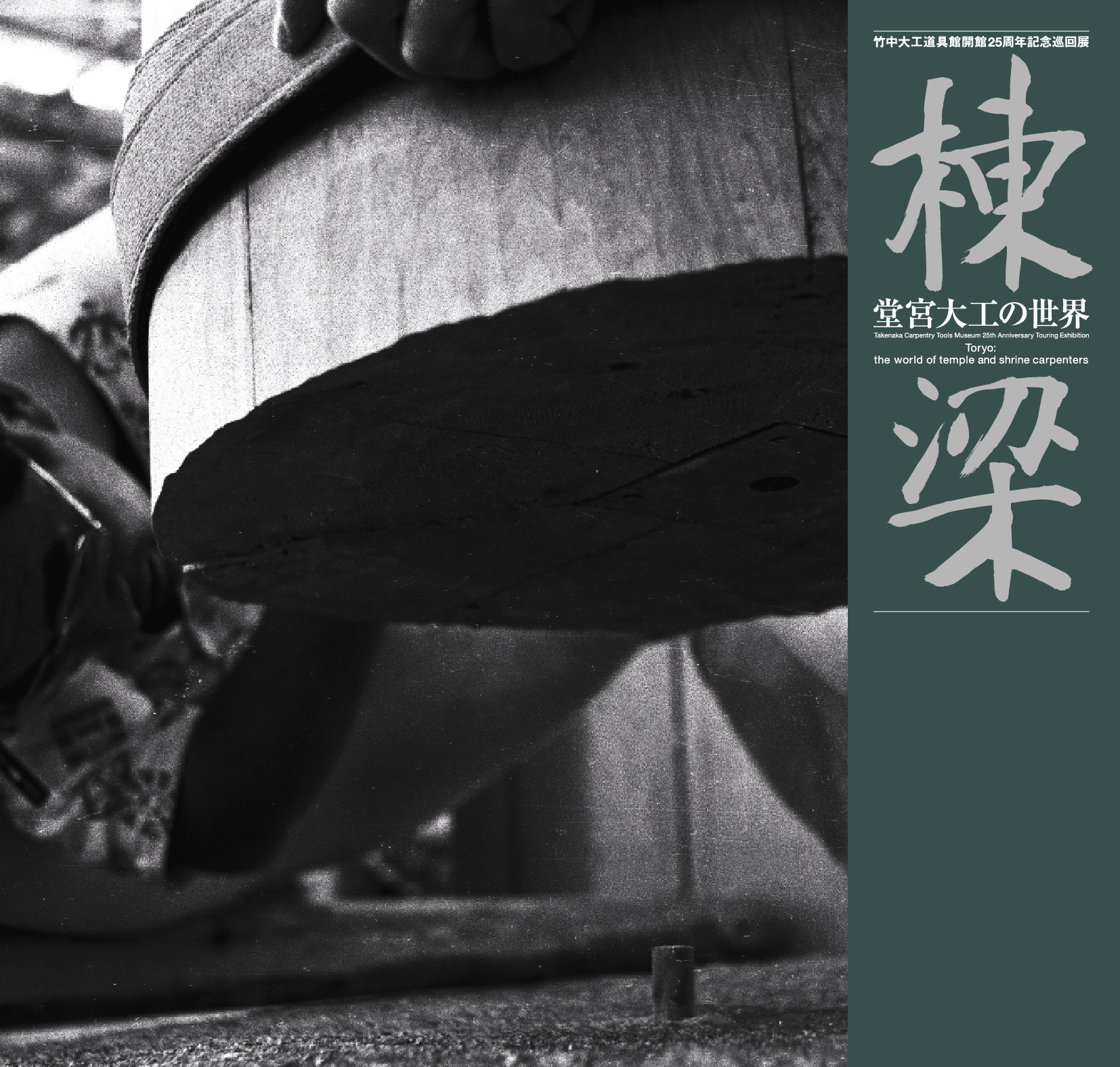Contents
Greetings
[General]
Circulation of Forests and Grasland-Satoyama Intersecting in the Archipelago and Sophistication of Craftsman Hiroshi Toho (Dr., Professor Emeritus, University of Tsukuba)
[Figure]
Group
Figures| Grow cedar
Figures| Wooden waza
Interview| Haruo Nagasawa, who grows Kitayama Sugi (forestry)
Roofing
Figures| Kayaba and Satoyama
Figures| Roofed waza
Interview| Yoshinori Kawakami (Thatched Craftsman) who nurtures thatch and people
Interview| In order not to change, Noriyuki Nakagawa (Jingu Engineer, Jingu Shikinen Construction Agency)
Interview| Koji Ohno, who grows with hinoki
Interview| Tatsuya Tomoi (representative of the roofing master and Tomoi-sha-ji Temple) who creates an elegant curve by carefully layering one by one.
Interview| Yoshi Kamoto (Kojima Corporation) has the thickness of the board as a hand.
Knitting
Figures| Wonder of Madake
Figures| Waza for making tatami mats
Figures| Wall bottom waza
Tsunagu
in the Cycles of Life
Hiroto Toho, Ph.D., Professor Emeritus, University of Tsukuba
Protect the production areas of plant materials
Let's build a city with trees
[Review]
Goro Kokubugata (Director, Plant Research Department, National Museum of Nature and Science)
Kayaba and Endangered Plant Kazuo Obata (Museum Park Ibaraki Prefectural Museum of Nature)
Living in a modern thatched private house that procures thatched by itself Miyako Kamatoko (Associate Professor, Faculty of Creative Engineering, Kagawa University)
[Documents]
Document A List of "Traditional Architects and Craftsmanships"
Document B. Resolution of the Intergovernmental Committee on UNESCO on the Skills of Traditional Architecture and Craftsmanship
Document C "Hometown Cultural Properties Forest" List
List of exhibits
References
Outline of the exhibition
※Sales at the the museum Museum Shop will be starting from October 11th.
※There was a mistake in this book. I apologize and correct it. Click here for the errata (PDF)
